 | « Back to article | Print this article |
Any justification that seeks to legitimise the nullification of Article 370 overlooks both the historical context of Article 370 as well as the legal text.
The recommendation of the Jammu and Kashmir Constituent Assembly, necessary for nullification, never came.
With over half a century having passed since then, instead came a recommendation from Parliament, acting under the imposition of President's Rule, purporting to convey the views of the people of Jammu and Kashmir.
This clever act achieved Parliament's purpose optimally.
But was it legitimate in law?
A fascinating excerpt from Arghya Sengupta, Jinaly Dani, Kevin James, and Pranay Modi's Hamīn Ast: A Biography of Article 370.
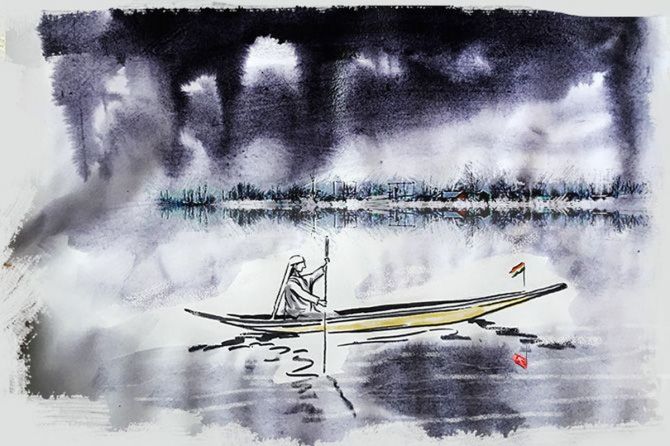
On 19 June 2018, the coalition government of the state, formed by the Bharatiya Janata Party and the Jammu and Kashmir Peoples Democratic Party, collapsed when the Bharatiya Janata Party withdrew its support from the coalition. This amounted to a breakdown of constitutional machinery.
The next day -- 20 June -- the governor of Jammu and Kashmir imposed governor's rule in the state and took unto himself the powers of the state government and the legislative assembly. The state government no longer existed, but the members of the legislative assembly still held office although the assembly itself didn't function.
Literally and figuratively, it was a state of suspended animation.
By November 2018, it became apparent that the Peoples Democratic Party had stitched together an alliance with the National Conference and the Congress, and were planning to stake a claim to form the government.
On 21 November 2018, Mehbooba Mufti -- leader of the Peoples Democratic Party -- made public her attempts to contact the governor of Jammu and Kashmir and stake a claim to form the government. The governor, however, had been non-responsive.
Mufti publicly shared a draft letter which she had attempted to send the governor. The letter informed the governor of Mufti's plans to stake a claim to form the government. Her post on Twitter, by which this communication was shared publicly, was appended with the following text: 'Have been trying to send this letter to Rajbhavan. Strangely the fax is not received. Tried to contact HE Governor on phone. Not available. Hope you see it @jandkgovernor'.
In a surprising coincidence, on 22 November 2018 -- a day after Mufti's public statement -- the governor of Jammu and Kashmir ordered the dissolution of the Jammu and Kashmir legislative assembly. This meant that all seats of the legislative assembly were declared vacant, and fresh elections would be needed to form the legislative assembly again. It was now impossible to form a new coalition government without fresh elections.
On 19 December 2018 -- one day before governor's rule would have expired -- the President of India made a Proclamation under Article 356 of the Constitution and imposed President's Rule in Jammu and Kashmir.
The withdrawal of support from the coalition government by the Bharatiya Janata Party, followed by the imposition of governor's rule, the dissolution of the Jammu and Kashmir legislative assembly, and finally, the imposition of President's Rule in December 2018, set the stage for the Union government to take control over the state machinery in Jammu and Kashmir.
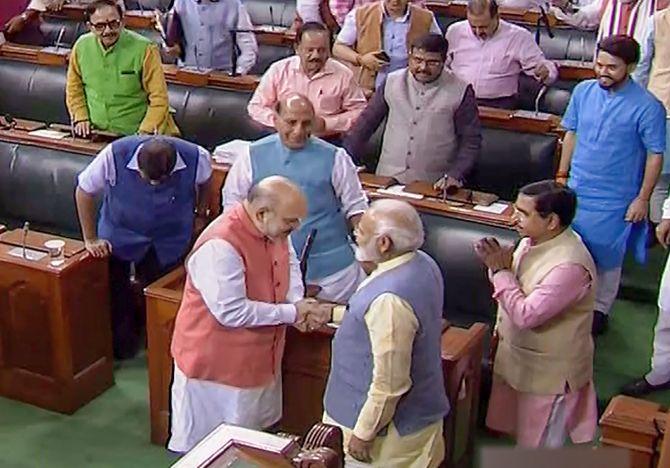
This sequence of events was pivotal to the nullification of Article 370. It is only as a result of President's Rule that Parliament could be clothed with certain powers, which enabled it to step into the shoes of the Jammu and Kashmir Constituent Assembly and issue the crucial recommendation under clause (3) of Article 370, which in turn 'unlocked' the President's power to nullify Article 370.
In August 2019, the governor of Jammu and Kashmir and Parliament claimed to have acted on behalf of the state of Jammu and Kashmir. The fact of the matter, however, is that both these entities were acting under the control of the Union government, empowered, or rather 'superpowered', by the imposition of President's Rule.
When seen in these terms, the nullification of Article 370 is a startling event. The imposition of President's Rule, by definition, is meant to restore the functioning of the constitutional machinery in a state where it has temporarily broken down.
A classic example is where due to a lack of a clear majority, the legislative assembly of a state is unable to elect a government, and the President steps in to ensure governance takes place in accordance with the Constitution.
Can this device of President's Rule, ordinarily used to restore constitutional machinery in a state, be used to change the very constitutional structure of a state and decree the state out of existence altogether?
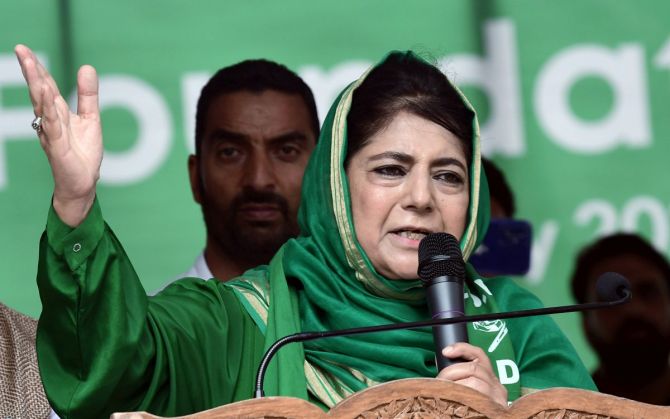
If such a possibility were to be considered valid in law, it would have severe ramifications for Indian federalism in the future.
After all, the nullification of Article 370 must not be seen in isolation. Take clause (2) of Article 368 of the Constitution.
Article 368 provides for the procedure that may be adopted by Parliament in order to amend the Constitution. Clause (2) of Article 368 provides that if an amendment is to be made to certain 'entrenched' provisions of the Constitution, the amendment must additionally be ratified by statutory resolutions passed in one-half of all states' legislative assemblies.
These 'entrenched' provisions are those which solidify certain fundamental features of the Constitution and secure the structure of our polity.
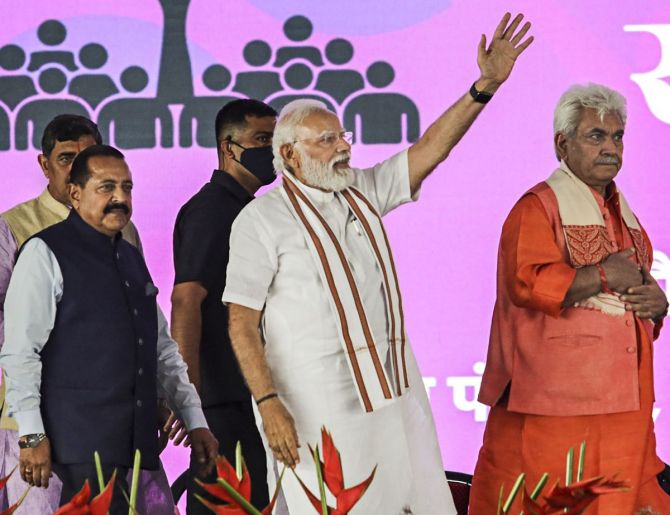
If the method adopted by Parliament in nullifying Article 370 is confirmed as valid in a court of law, it sets a dangerous precedent in the context of clause (2) of Article 368.
In a situation where Parliament is unable to garner support from one-half of all state legislative assemblies for its amendment to an entrenched constitutional provision, it would be theoretically open for Parliament to impose President's Rule in any state, take over the powers of the state legislative assembly, and pass the appropriate statutory resolution ratifying the amendment on behalf of the state.
Such a possibility clearly defies every canon of federal separation of powers between Centre and states.
It renders democratically elected state legislatures mere pawns in the face of Parliament and makes India an entirely unitary State.
Though this may seem far-fetched and politically implausible, one might have said the same about the nullification of Article 370 -- till, of course, it actually happened.
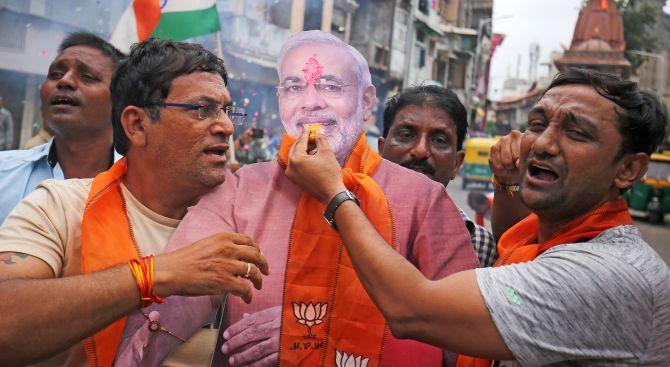
This background leads to the most straightforward answer to the question of legality of Article 370.
If one maintains sight of the fact that the actions of August 2019 were made possible only by the imposition of President's Rule, and saw no participation from the representatives of Jammu and Kashmir whatsoever, the legality of the nullification is grossly suspect.
At its very core, the most basic feature of Article 370 is that it is a historical compromise between India and Jammu and Kashmir. A compromise which created a temporary constitutional relationship between India and Jammu and Kashmir, with the added stipulation that the final and permanent terms of this constitutional relationship would be decided by mutual agreement.
This mutual agreement required the prior recommendation of the Jammu and Kashmir Constituent Assembly before the terms of the compromise could be altered in any way whatsoever.
This compromise, embedded by text in the Indian Constitution, was based on one salient fact -- changing the constitutional relationship between Jammu and Kashmir and India would require both hands to clap.
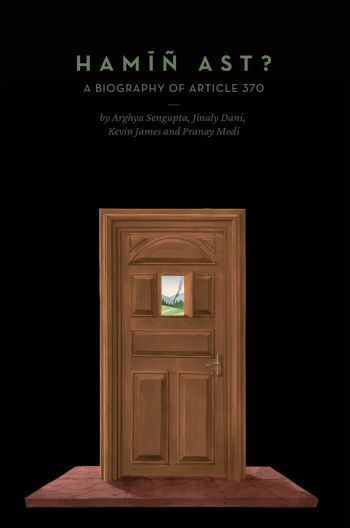
Any justification that seeks to legitimise the nullification of Article 370 overlooks both the historical context of Article 370 as well as the legal text.
The recommendation of the Jammu and Kashmir Constituent Assembly, necessary for nullification, never came.
Such recommendation could have been procured when a seemingly lame duck assembly was functioning during Bakshi's premiership. But it wasn't.
With over half a century having passed since then, instead came a recommendation from Parliament, acting under the imposition of President's Rule, purporting to convey the views of the people of Jammu and Kashmir.
This clever act achieved Parliament's purpose optimally.
But was it legitimate in law?
Excerpted with the permission of Navi Books, an initiative of Vidhi Centre for Legal Policy, from Hamīn Ast: A Biography of Article 370 by Arghya Sengupta, Jinaly Dani, Kevin James, and Pranay Modi. The book is available on Navi Books.